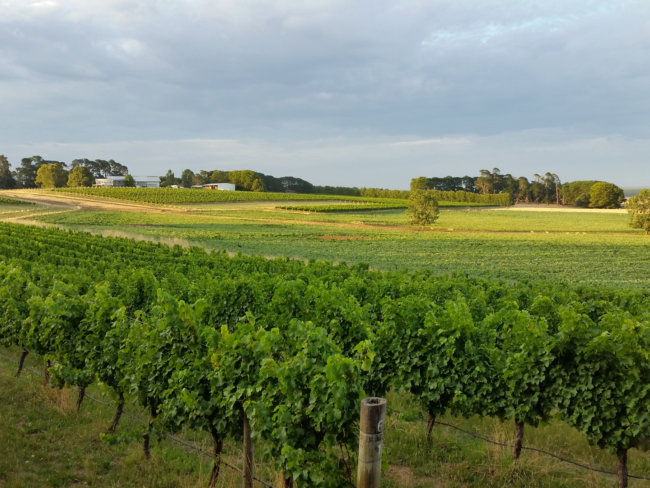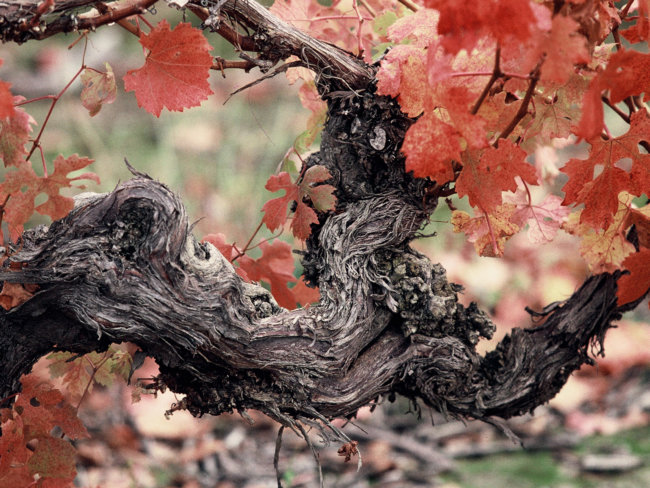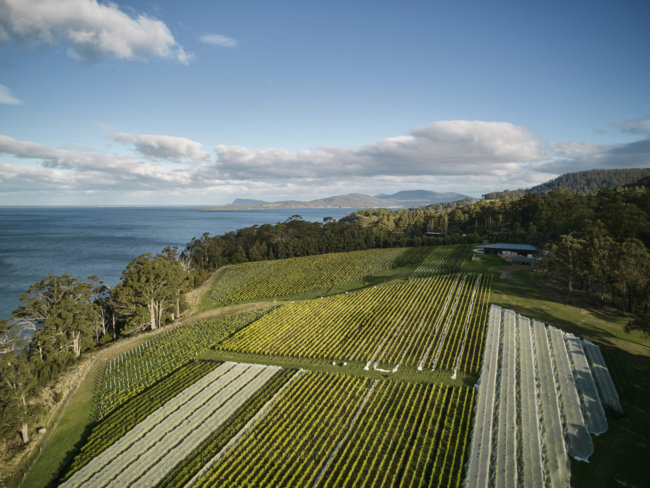Crittenden Home Vineyard, Mornington Peninsula
Crittenden Estate is one of Mornington Peninsula’s oldest vineyards, with Garry Crittenden planting his first couple of hectares in the 80s, which doubled the region’s land under vine at the time. Today, while the regional strengths of chardonnay and pinot noir remain the same, much on the Peninsula has changed. And the Crittendens have changed too, with Garry and his son Rollo steering the viticulture down a sustainable route that has seen vast benefits for biodiversity and soil health, as well as wine quality. The estate vineyard produces a suite of wines – including two savagnin-based bottlings that pay homage to the wines of the Jura – which form the premium end of the Crittenden range. Top of that tree are the Cri de Coeur wines, and they’re wines that Rollo says would not have been possible without their farming revolution.










